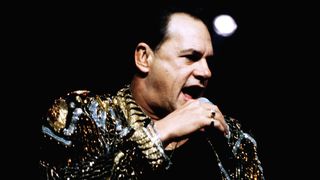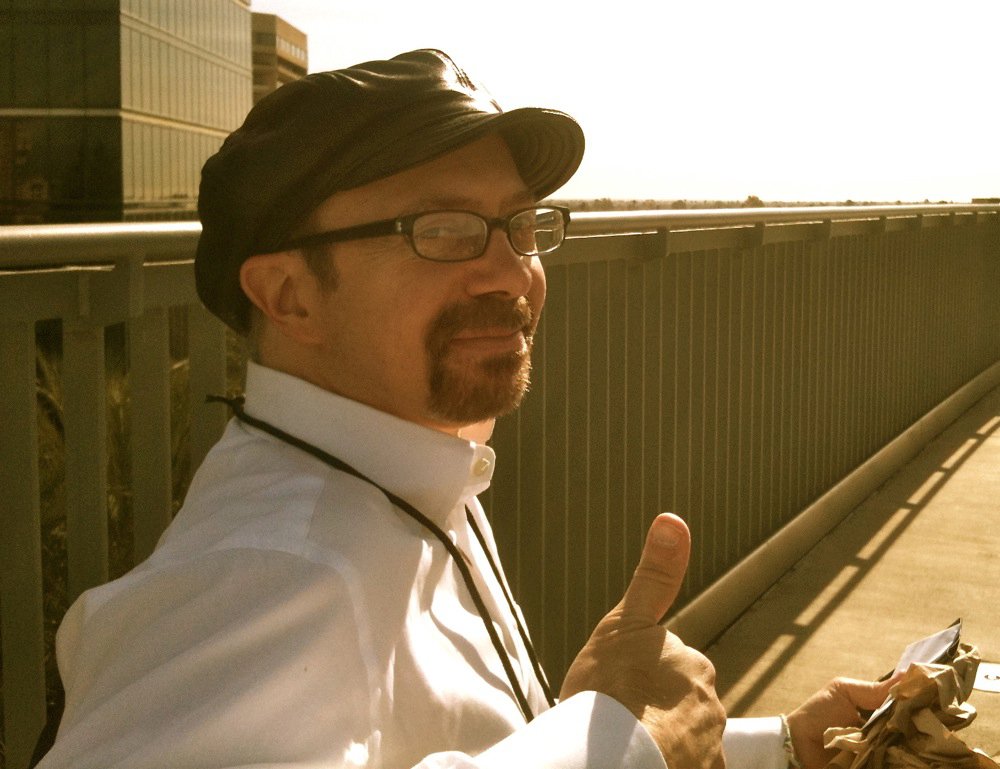Harry Wayne Casey remembers how he felt the first time he heard a playback of Get Down Tonight, the song he wrote with his then creative partner Richard Finch and recorded with a group of Florida-based studio musicians who would become known as KC And The Sunshine Band: "That's a hit," Casey says. "I had a special feeling about it the whole time we were making it, but when I heard it from start to finish, I sat there thinking, 'This thing can't miss. There's no way it's not a hit.'"
He wasn't wrong. Released in February of 1975, the track topped Billboard's R&B chart in April of that year, and on August 30 it reached the number one spot on the Hot 100. True, there were a handful of other disco hits before it, but the across-the-board success of Get Down Tonight signaled the real start of the dance revolution.
"It was the beginning of a dance revolution, one that's still here now," Casey says. "If any one song can have a legacy, I can think of nothing better than that."
Here, Casey recalls the writing and recording of the epic-sized disco hit.
The Scene
"Get Down Tonight was my first real hit in America, but the year before we had a big hit in Europe with a song called Queen Of Clubs that we couldn't give away in the States. So I was having minor success on the R&B charts, but nothing on the pop charts.
"And actually, at the same time, I wrote a song called Rock Your Baby that was a big hit for George McCrae. It was one of the first disco songs to go to number one, both in the States and in England. Still, disco wasn't huge yet; it wasn't all over the radio. But I would tour in Europe and hear DJs spinning disco records in clubs. I thought, 'It's only a matter of time before this comes to America, and when it does, it's gonna take over everything.'
"I knew that I wanted to be part of that wave, and I figured, 'If I just keep writing, it'll click.'"
Writing and Recording
"I would go into the studio and come up with the stuff there. Sometimes I'd work on things at the piano at home and develop them a little. The original title of the song was called What You Want Is What You Get. That's what was floating around in my head before I went into the studio with it.
"There was no band. When I started out making the records, it was just pretty much me and studio musicians. I ended up taking the studio people with me as the Sunshine Band. That's how it's been through my whole career, actually.
"I recorded the track, the musical bed, first. I started with a white canvas and added as we went along - the horn parts were put in later. It wasn't a quick recording, and there were several variations till we wound up with the perfect balance. We added a lot, listened back, added some more things.
"It sounds like I double-tracked my lead vocal, but I didn't. We used a digital delay that created what sounds like a double-track voice. That's the main vocal. For the backgrounds, there's three girls and myself, and we doubled those.
"There's a sped-up guitar solo in the beginning. I think that was Rick's idea. The guitar part was recorded at regular speed, but when it was played at a faster speed, it created a really cool effect. I think Les Paul was one of the first guitarists to do that kind of thing. People thought it was a keyboard - they still do.
"The song was cut with the working title, but it just didn't fit with the lyrics - there was no flow. Then as I listed to the verses, they made me think of doing something else with the chorus. Gradually, I came up with what we know now."
The Reaction
"When I finished recording my vocal, I listened to the song... and then I kept on listening. I must've listened to the song 100 times. There was just something hypnotic about it.
"The response was great right away. There was one funny bit where it entered the Billboard chart and fell off. One of the label guys said, 'Don't worry about it.' I guess he knew it was destined to go big - and it did.
"A station in Miami started playing it, it spread to a few other stations, and then all of a sudden - bang! - it was everywhere. The thing took off really fast. And then I was everywhere. You turned on the TV and there I was. I had a number record, and this was back when a number one record meant people bought it.
"It was probably seen as an overnight sensation, but I was working on all of this or five years; there was nothing overnight about it to me.
"Nearly 40 years later, I'm still playing it. There's no great mystery about why the song connected with people. It's about having a good time and doing something fun with another person. The rhythm of the song is hypnotic. You don't have to think about it - it just moves you. I don't think something like that can go out of style."


